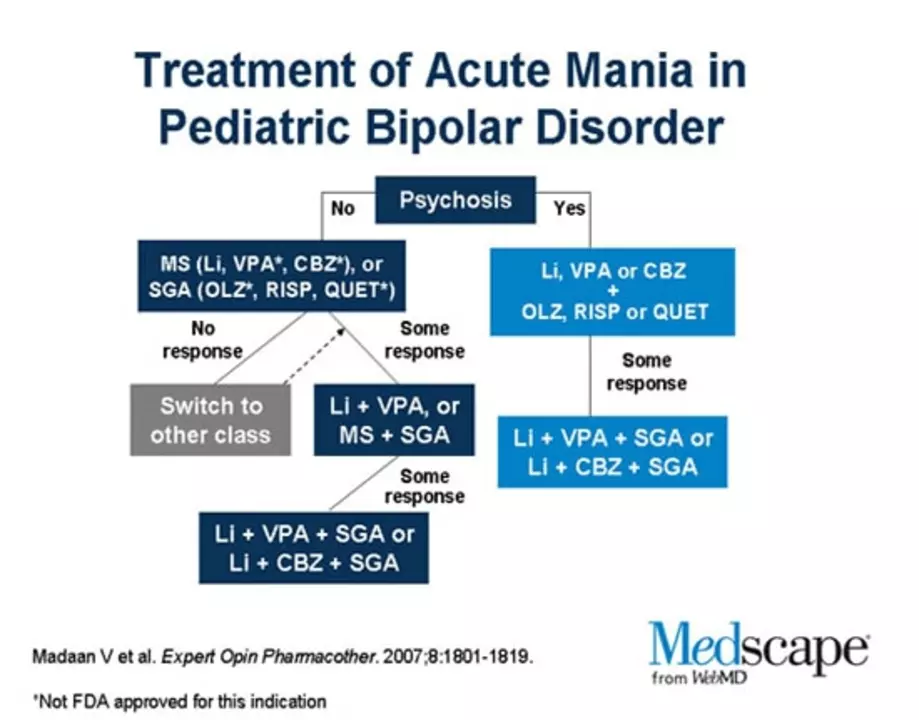Pediatric Cancers: What Every Parent Should Know
Facing a possible cancer diagnosis in a child feels overwhelming. The good news is that most childhood cancers are treatable when caught early. Below you’ll find the key signs to watch, current treatment paths, and resources that can make the journey easier.
Spotting Early Warning Signs
Kids don’t always tell us when they feel off, so look for changes that linger. Unexplained weight loss, persistent fatigue, or a lump that won’t go away are red flags. Frequent bruising, bone pain, or swollen glands can also point to something serious.
If your child has night sweats, fever without an infection, or vision problems, get a doctor’s opinion right away. Early blood tests and imaging can reveal problems before they spread.
Treatment Options That Work
Modern pediatric oncology uses a mix of chemotherapy, surgery, radiation and targeted therapies. Doctors choose the plan based on cancer type, stage and how well your child tolerates treatment.
Leukemia, the most common childhood cancer, often responds well to chemo combos that are given through veins or pills. Solid tumors like neuroblastoma may need surgery first, followed by chemo or radiation to clean up any remaining cells.
Targeted drugs focus on specific genetic changes in cancer cells, sparing healthy tissue and reducing side effects. Immunotherapy is another breakthrough, training the child’s own immune system to attack the tumor.
Side‑effects are real but manageable. Anti‑nausea meds, growth factor shots for blood counts, and counseling help keep quality of life as high as possible during treatment.
Support Systems You Can Count On
Beyond medical care, families need emotional and practical help. Pediatric cancer centers usually have social workers, child life specialists and dietitians on staff.
National groups such as the American Childhood Cancer Organization offer financial aid, peer networks and up‑to‑date information about clinical trials.
School counselors can arrange for classroom accommodations so your child stays on track academically while undergoing therapy.
Staying Informed and Proactive
Ask your oncologist about the specific type of cancer, expected response rates, and any available trial options. Keep a notebook of symptoms, medication schedules and questions you want to ask at each appointment.
Regular follow‑up scans are crucial for catching recurrences early. Most survivorship programs include a plan for routine check‑ups, heart health monitoring and psychosocial support.Remember that every child’s story is unique. Staying informed, leaning on trusted professionals and connecting with other families can turn a scary diagnosis into a manageable path forward.
